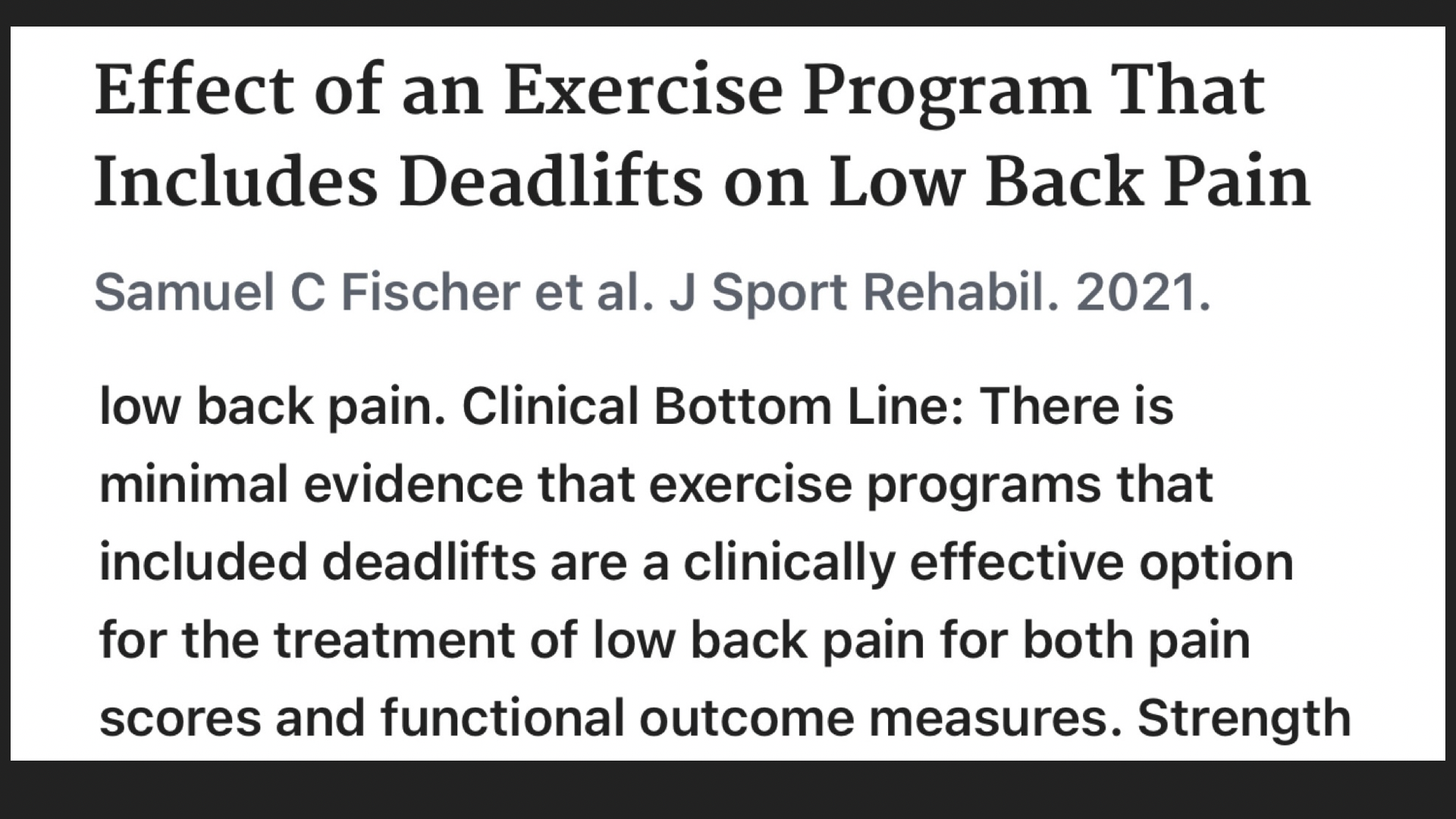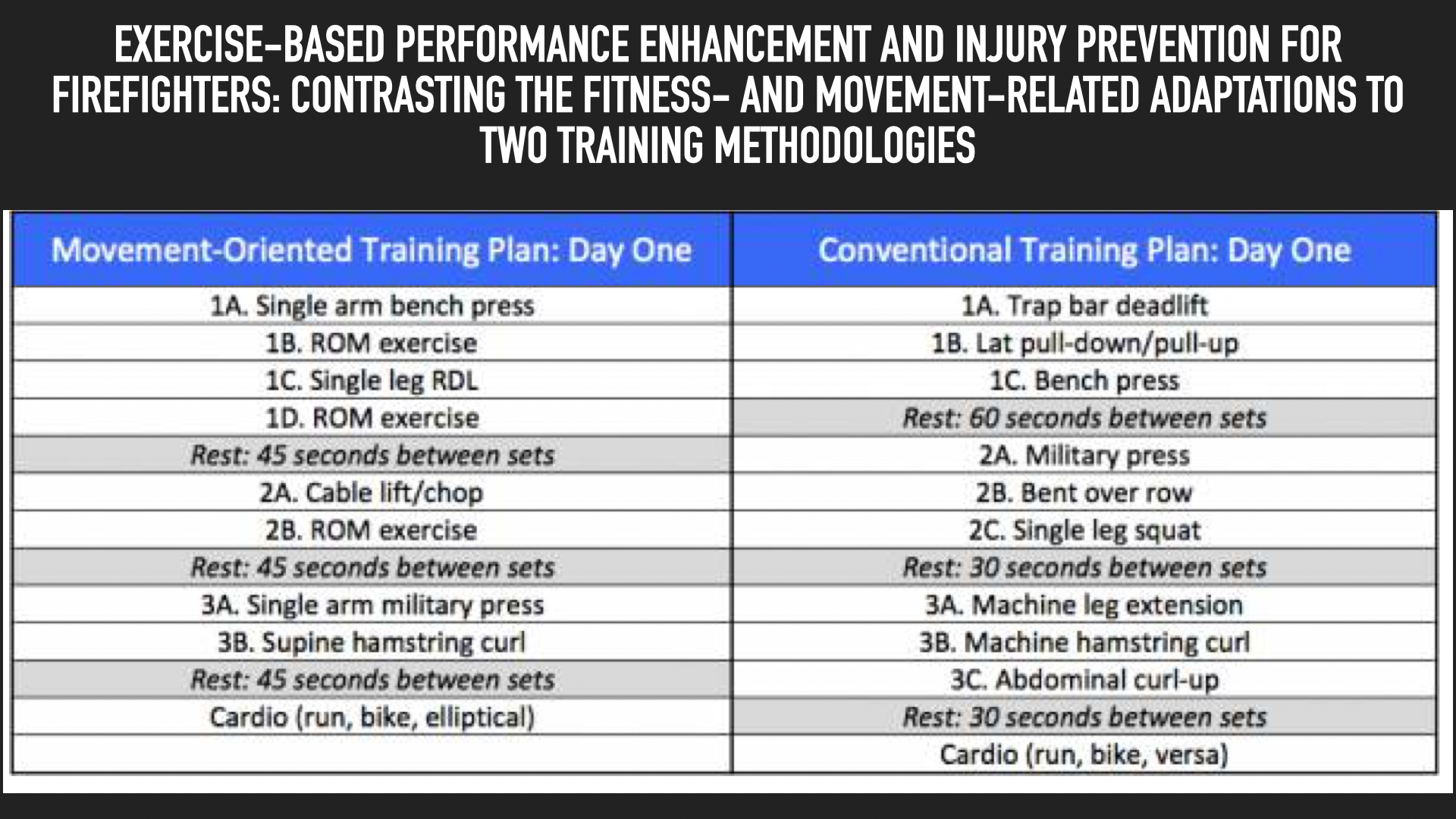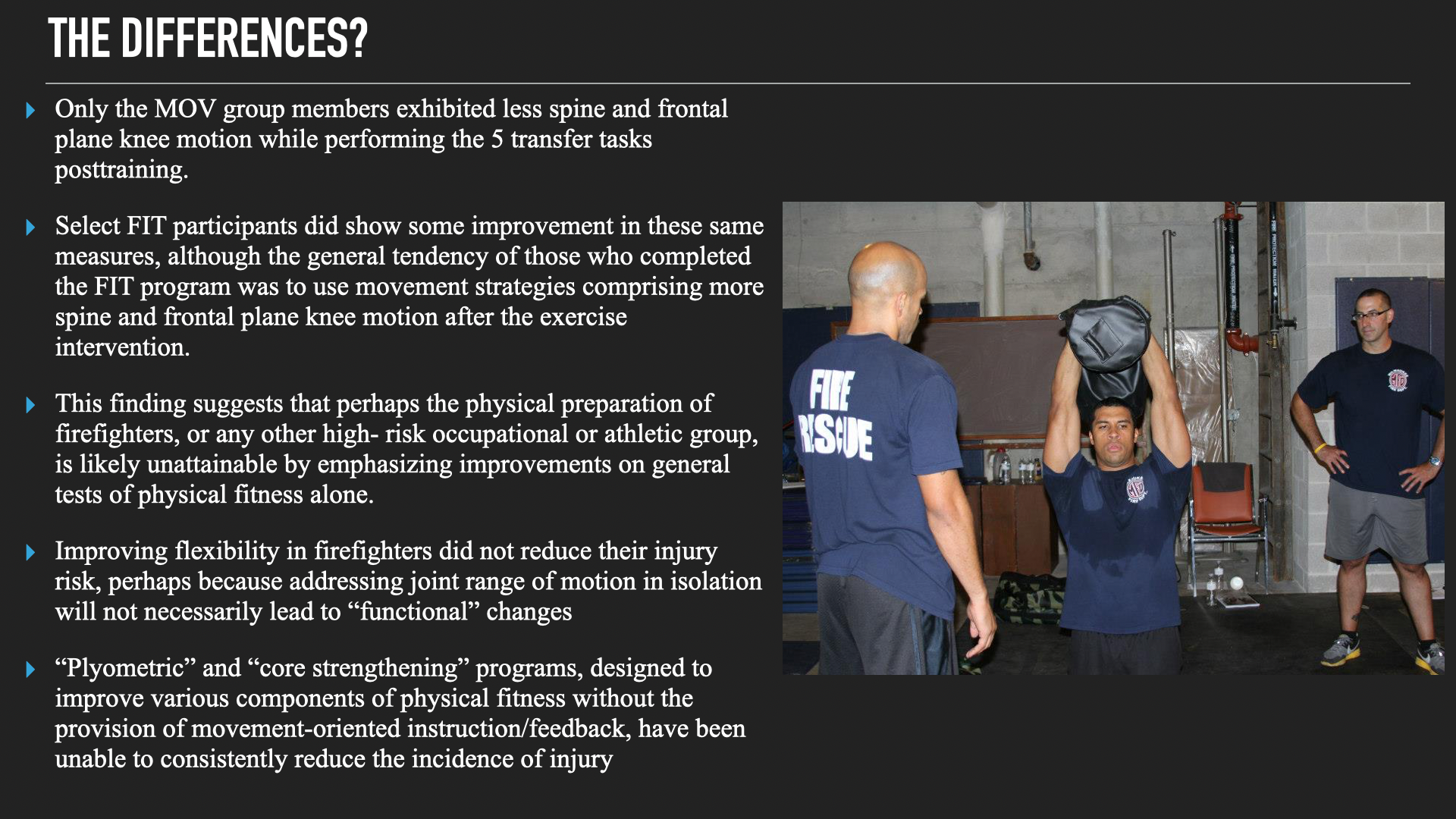Science Based Glute & Low Back Exercises For Back Pain
2024-09-2
We discussed previously, some very powerful and unique ways to improve our mobility for back pain and even some foundational strength. Today, I wanted to start looking at how we continue to build on these ideas to more functional strength ideas that have been shown to help low back pain. Contrary to what people think, the relationship of exercises like deadlifts for low back is rather low…

Does that mean glute and low back exercises that we use like hip hinges are useless in helping low back pain? Not so fast, we need to think A LOT smarter about both. Research has definitely shown that increasing spinal stability can be part of the equation to reduce low back pain (1). We have also seen that when we do hip work this can help low back pain and spinal stability, however, this usually includes connecting core stability to the equation as well (2).
View this post on Instagram
Coach Robin Paget shows some of these ideas coming to life in our DVRT system.
The reason these types of exercises are important is because they connect the various chains of our body that provide us greater stability that can lead to reduced low back pain. Two of those systems are the Anterior & Posterior oblique slings.
That is what we accomplish when we use our Ultimate Sandbags in these exercises and when we combine them with diagonal patterns we connect these chains to even higher levels. So, what Larisa Lotz shows below are hip bridge exercises that not only lead to better glute training but overall better opportunity to help low back pain issues.
View this post on Instagram
The key is we want to show these same strategies in the more functional positions like in standing and while we are moving. Some people think “just getting stronger” will protect you from low back pain, but as research on firefighters has shown, this is NOT the case.


View this post on Instagram
The same concepts should apply as we progress to power based movements. Power sounds contradictory to building injury resilience to low back pain, however, many back injuries occur during deceleration. So, what Caroline Juster shows are not just ways to increase our ability to perform in a variety of situations, but also reduce our chances of low back injuries too!
Building programs that help with back are NEVER about one thing, however, when it comes to building exercises that make a greater impact, these types of exercises are based on the science what we need to be able to do in order to create more resilience!
Our Chronic Pain Masterclass starts in less than two weeks which means our early bird is good for only a few more days. Don’t miss an innovative and holistic evidence-based approach to pain while also earning 10 CEU contact hours with NASM. You can still sign-up HERE
View this post on Instagram
References:
- Panjabi MM. Clinical spinal instability and low back pain. J Electromyogr Kinesiol. 2003 Aug;13(4):371-9. doi: 10.1016/s1050-6411(03)00044-0. PMID: 12832167.
- Kim, Beomryong, and Jongeun Yim. “Core stability and hip exercises improve physical function and activity in patients with non-specific low back pain: a randomized controlled trial.” The Tohoku journal of experimental medicine 251.3 (2020): 193-206.
© 2025 Ultimate Sandbag Training. Site by Jennifer Web Design.







